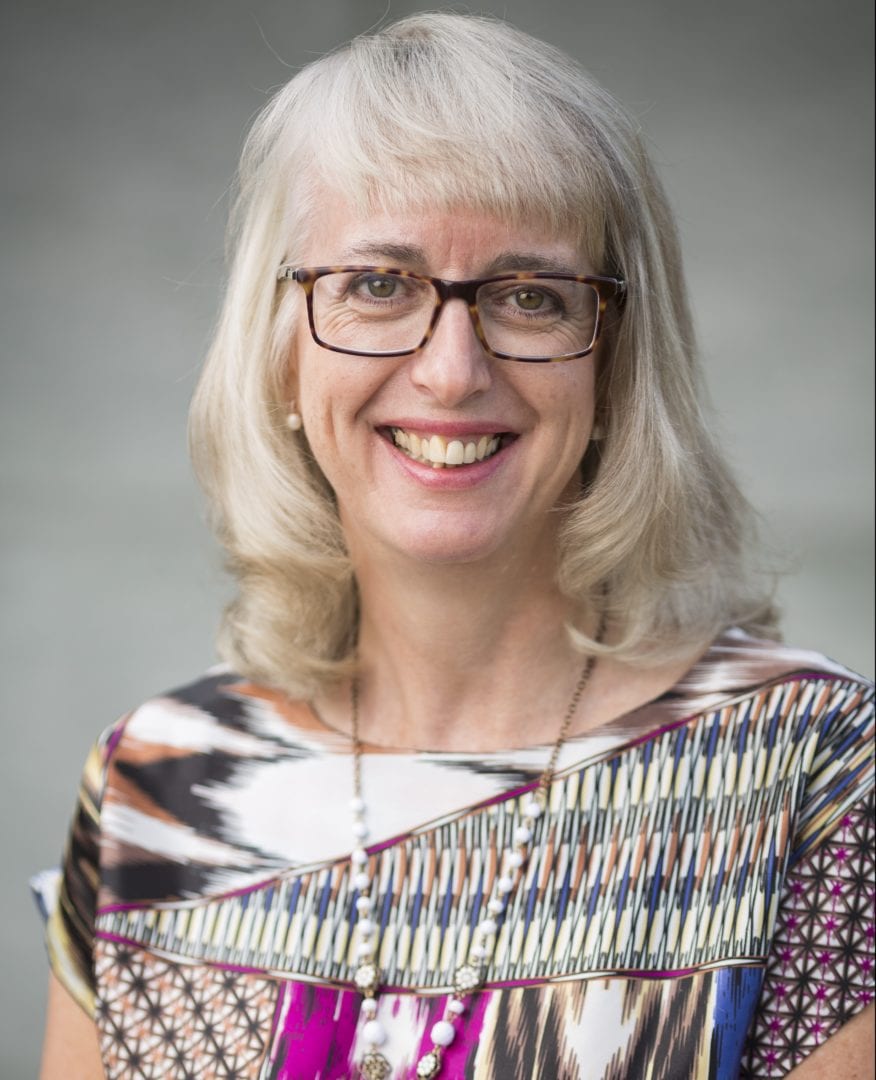Curtin University has appointed Professor Carole Jackson as Co-director (Science) of Curtin Institute of Radio Astronomy (CIRA) and Director of Curtin Science programs within the International Centre for Radio Astronomy Research (ICRAR).
Professor Jackson is an expert in extragalactic radio astronomy and technology research management, with a long association with the international Square Kilometre Array project (SKA), and has worked across both industry and academic research in her twenty-five year career.
Professor Jackson joins Professor Peter Hall, School of Electrical Engineering and Computing, as CIRA Co-director and provides leadership to CIRA in low frequency astronomy and new telescope development.
Professor Jackson said as joint leader of the CIRA she would draw on her experience in business, industry and technology sectors to maximise the wider impact of CIRA’s research.
“We have myriad opportunities to broaden the impact of SKA-related developments and attract some of the brightest science, engineering computing and mathematic students to radio astronomy, so Curtin’s strategic investment into this discipline is very important,” Professor Jackson said.
Prior to joining Curtin in 2013, Professor Jackson was the SKA Dish Array Technologies Leader at CSIRO Astronomy and Space Science and was a member of the team awarded the CSIRO’s Chairman’s Medal.
Professor Jackson has worked closely with Western Australian and Commonwealth Government bodies to build the business case for Australia’s involvement in the SKA. She is currently a member of the strategic Australia-New Zealand SKA Coordination Committee and chairs the ANZSCC’s Science Advisory Committee.
Professor Jackson’s research explores the concepts of unified models for radio-loud AGN and their evolution, and techniques for probing beyond the confusion limit of current instruments to analyse subtle data effects. This work has resulted in 80 papers being published and informs the design and planning of next-generation telescopes such as the Square Kilometre Array.
Professor Jackson commenced her roles in January after Professor Steven Tingay commenced a secondment to the Italian National Institute for Astrophysics (INAF) for the next three years.



